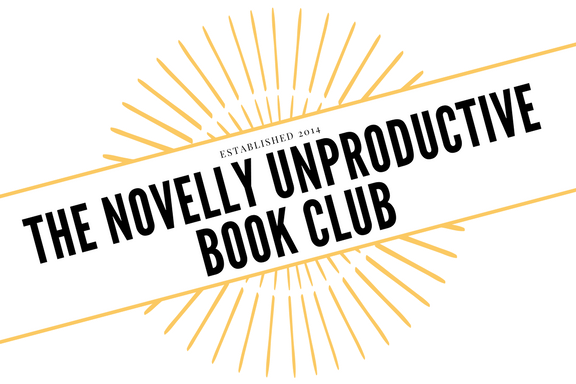The celebrated New York Times Bestseller A Best Book of the Year pick at the New York Times, NPR, The New Yorker, TIME, Washington Post, Oprahmag.com, Thrillist, Shelf Awareness, Good Housekeeping and more. What does it take to come back to life? For Jessa-Lynn Morton, the question is not an abstract one. In the wake of her father’s suicide, Jessa has stepped up to manage his failing taxidermy business while the rest of the Morton family crumbles. Her mother starts sneaking into the taxidermy shop to make provocative animal art, while her brother, Milo, withdraws. And Brynn, Milo’s wife—and the only person Jessa’s ever been in love with—walks out without a word. It’s not until the Mortons reach a tipping point that a string of unexpected incidents begins to open up surprising possibilities and second chances. But will they be enough to salvage this family, to help them find their way back to one another? Kristen Arnett’s breakout bestseller is a darkly funny family portrait; a peculiar, bighearted look at love and loss and the ways we live through them together.

Where to begin with Mostly Dead Things? The book was universally panned by NUBClub. We literally had nothing good to say about it. The main issue was with the characters. Jessa was simply unlikeable, Brynn was unbelievable, and we could not find sympathy for any other character in the book, as Arnett seemed to bend over backwards to make them as gross, anti-social, unethical, and repulsive as possible. We chalked a lot of this up to a classist bias in the book against poverty, that led Arnett to constantly present everyone as dirty, sloppy, and disorganized, which is perhaps the laziest and most offense stereotype of the poor that exists. All of the characters act with deeply disturbing ethics, whether it's Brynn's disgusting manipulations of Milo and Jessa, Jessa's nonchalance about her nephew wanton theft and murder of animals, or the ridiculous insurance fraud fire that the supposedly sophisticated art-dealer/love interest commits. The plot essentially makes no sense. Jessa's mom starts making suggestive art with taxidermy, but the descriptions of the art sound crude and tame, and in a 21st century, post-Maplethrope art world, we have no idea why they could ever be seen as interesting or provocative. The relationships fared no better. Why was Brynn so beloved by everyone, when she was basically a jerk constantly? Why is anyone attracted to Jessa, when she both is described as filthy and sullen all the time and basically considers herself worthless? Why is there a fire at the gallery -- in fact, how is there a gallery at all? No one from Gainsville at NUBClub (because we have members who have lived there) could even imagine how this world could exist in that town. And it all ties up in a stupid and unearned bow when Jessa and her mom basically have one conversation to clear the air after months of outright hostility and defamation and then the moral is that they start an experimental taxidermy gallery together. This plot would make a terrible rom-com or Hallmark movie, but at least those would have moral characters that you liked following. And stylistically...well, I could never a read another description of bad coffee again in my life (we get one in every chapter) and there was nothing that even resembled humor in the book. We spend the last third of our discussion simply reading reviews of the book in newspapers (looking at you, Parul Sehgal) and wondering what book with the same title they read, because it could not be what we consumed. There is humor you like and humor you don't get. We understand that. But we could not even find something that RESEMBLED humor in this book, unless maybe it was that we were supposed to laugh at how pathetic the queer hillbilles were, and that is not a viewpoint we could adopt. It's just a classist, cheap, poorly written piece of trash that makes no sense at all. Arnett should take a tip from the taxidermy she researched and realize to make some dead looks appealing, you have to give it a resemblance to life and some sense of wonder. This book has neither.
